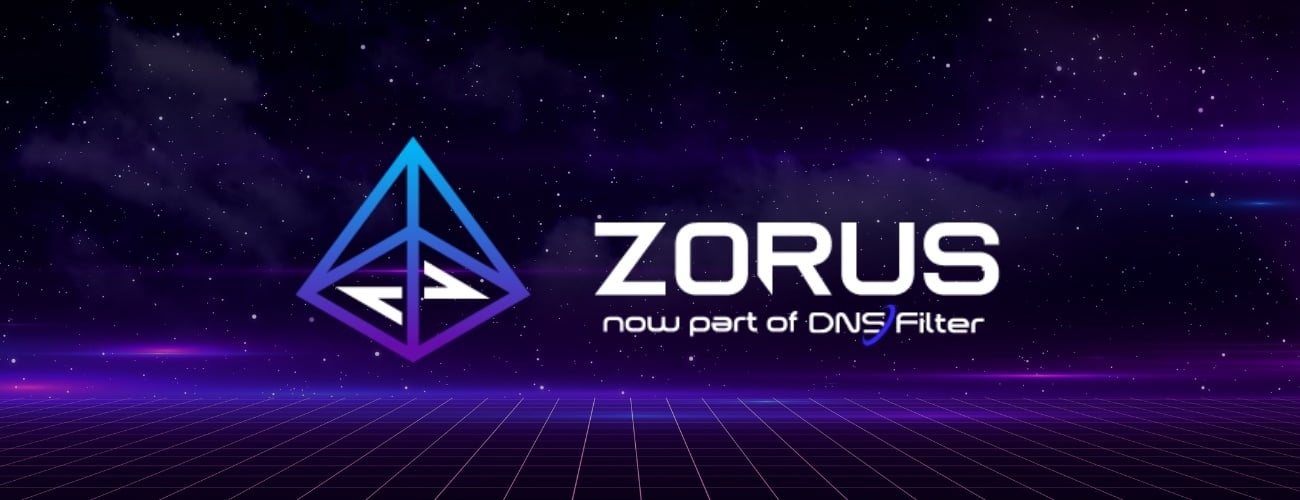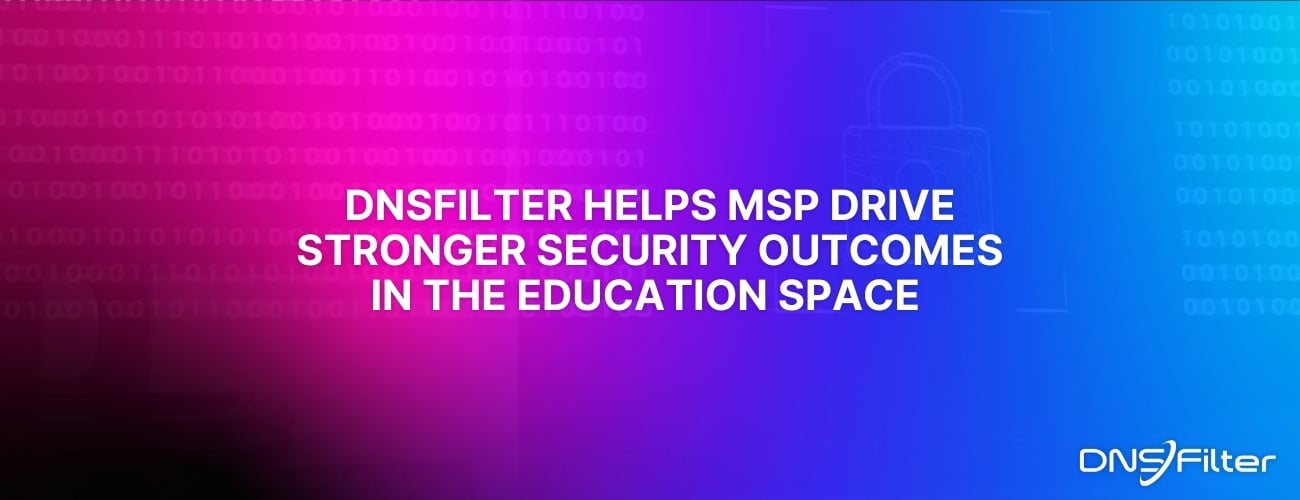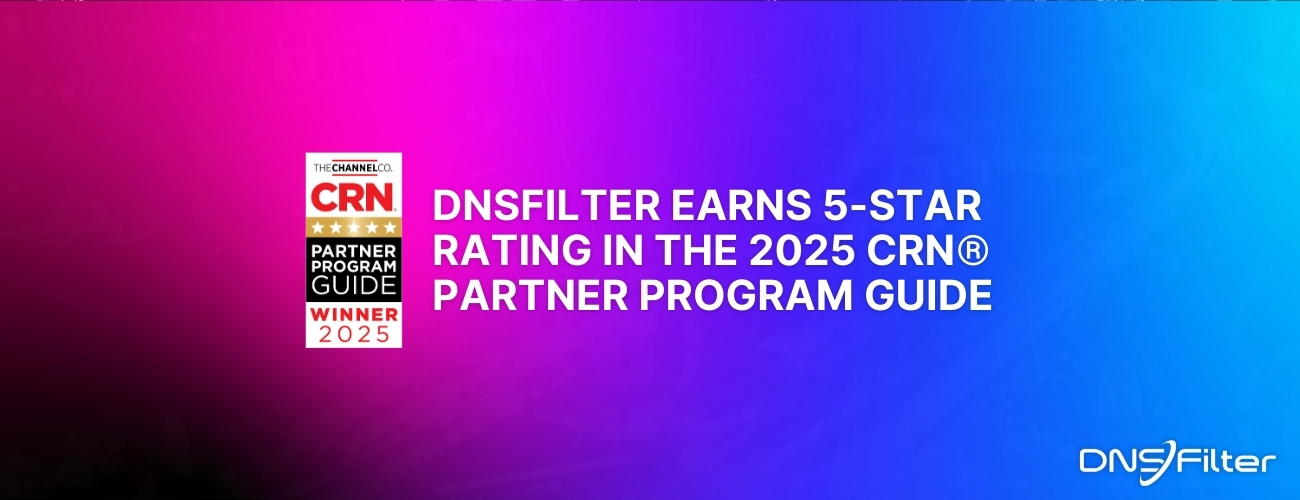Share this
DNSFilter Adds Comprehensive Protection Against Generative AI
by DNSFilter Team on Dec 13, 2023 3:12:00 PM
WASHINGTON, Dec. 13, 2023 — DNSFilter announced today the expansion of its protective DNS software with a new Generative AI category. DNSFilter's enterprise-grade defense provides organizations of all sizes the ability to secure their network against harmful threats such as malware, botnet, and phishing in order to reduce corporate risk. Enterprise security teams who manage and secure tech infrastructure need to address PII protection, and GenAI tools have introduced a new threat to that guarded corporate information.
As Generative AI rapidly gains traction in the business world, many companies have rushed to implement this emerging technology without a deep understanding of the cybersecurity implications. Threat actors are now taking advantage of this new attack surface.
The DNSFilter team saw the proliferation of GenAI sites first-hand in their network data; there was a 279% increase in GenAI sites accessed on the DNSFilter network between January 2023 and August 2023 when looking only at the top seven GenAI sites of the year (including OpenAI's ChatGPT).
To help address corporate security challenges, DNSFilter scans every domain its customers access to identify zero-day threats and prevent access before malicious actors or malware infiltrate the network. Now, organizations can block generative AI sites at the corporate level to comply with their newly written GenAI policies.
With a dedicated Generative AI category, security teams no longer have to manage and maintain a list of Generative AI applications and manually add to a block list. Users in the education sector can keep Generative AI tools off public and owned networks, helping to combat plagiarism. Similar offerings on the market are only able to block a small percentage of Generative AI-related domains.
Ken Carnesi, CEO and co-founder, DNSFilter, said: "With the growth of AI over the last year, it has become critical that organizations have visibility and control over what Generative AI tools employees are accessing. DNSFilter has a powerful machine learning-based categorization engine, supplemented by third-party feeds, and we are always innovating new ways to use this data to protect our customers. AI is now a top concern within our customer base, and this category is a direct result of our product team listening to their worries and responding. Our Generative AI category gives our customers greater visibility, control, and peace of mind."
About the company:
DNSFilter is redefining how organizations secure their largest threat vector: the Internet itself. DNSFilter is making the internet safer and workplaces more productive. In 2022 the threat protection leader blocked 9.1 billion threats, more than any other threat detection software globally. With 70% of attacks involving the Domain Name System (DNS) layer, DNSFilter provides protective DNS powered by machine learning that uniquely identifies 61% more threats than competitors on an average of seven days earlier, including zero-day attacks.
Over 26 million monthly users trust DNSFilter to protect them from phishing, malware, and advanced cyber threats. DNSFilter's brands include Webshrinker, its next generation web categorization software, and Guardian, a consumer app focused on privacy protection.
Share this
Categories
 DNSFilter Expands Capabilities with Strategic Acquisition of Zorus
DNSFilter Expands Capabilities with Strategic Acquisition of Zorus
Delivering Improved End User Protection, Increased Resiliency, and a Deeper Commitment to MSP Partners
 DNSFilter Helps MSP Drive Stronger Security Outcomes in the Education Space
DNSFilter Helps MSP Drive Stronger Security Outcomes in the Education Space
Long-time DNSFilter customer sees content filtering as foundational to security offering
 DNSFilter Earns 5-Star Rating in the 2025 CRN® Partner Program Guide
DNSFilter Earns 5-Star Rating in the 2025 CRN® Partner Program Guide
DNSFilterEarns 5-Star Rating in the 2025 CRN® Partner Program Guide


